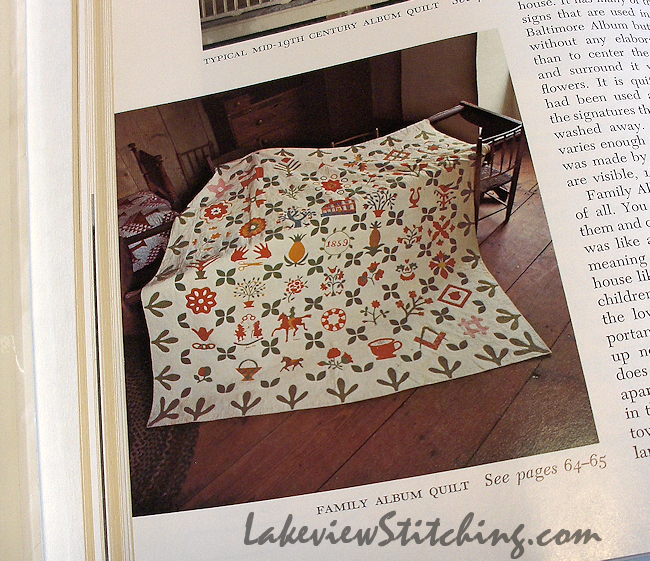Ink Week is becoming Ink Fortnight, but never mind, I'm still forging ahead! If you missed the previous posts, please click here for Part 1, or click here for Part 2.
Today was by far the most ambitious day planned, and God definitely smiled on me, because it went exactly as I had hoped. As each layer goes on, the consequences of a mistake get larger, so I am very grateful to come through the tricky part intact!
I'm making Leanne Beasley's stitchery quilt, Down in the Garden. This round flower is used all over the quilt. I thought that if I left out the inner circle and the dot, it would look like a little sunflower. I always love sunflowers!
My first thought was to fill the centre of the "sunflower" with a couched lattice, as I did in one of the Best Friends Forever motifs. But, I want to get away from the intensive embroidery I've done on that project, so my second thought was this fancy shaded ink that you see here.
Those shaded gold centres are one of the key features of the whole quilt, so they had to work. I reused my Day 2 test sheet, with just a few extra petals drawn on for the other flowers. By reusing the same sheet, it is easy to see if all the colours are working well together.
- I started by mixing a dark, sludgy brown from my three secondary colours, Tsukineko's Emerald, orange (which is actually called "Tangerine"), and the dark purple Wisteria. Strictly speaking, it is better to mix from the three primary colours, but I didn't buy red, just some Rose Pink. My sludge was not the nicest brown.
- Fortunately, I have been saving all my mixes from previous days, which I highly recommend. I took some of my yellow orange petal mix from Day 2, added more orange, then drop by drop added some of the sludge from #1 until it turned this caramel brown. It was still a little greenish, though, until
- I added a couple drops of the Rose Pink. Success!
- For the gold part of the centres I again went back to the yellow orange petal mix from Day 2, added some water, a drop of the #1 sludge, and a drop of the pure Lemon Yellow from the bottle, and lucked into the right colour pretty quickly.
- I loaded the gold and the caramel onto separate Fantastix. For the centres I began with a circle of the gold in the middle, leaving a wide white border inside the line. Then I used the caramel to circle around the gold, still well inside the line, and blended it over the gold towards the centre. I tested the circles with a centred highlight, and an off-centre highlight. I decided I liked the off-centre one best.
- Even though I was satisfied at that point, I thought I would try a circle with some extra water in the middle before I put in the ink, to see if it blended better. It did not! The gold washed out, and the caramel was too dark by contrast. I went ahead and used the #5 formula to ink the centre block, the four watering cans, and the 16 individual flowers shown below.
- After a rest and a quick lunch I sat down with the purple, Wisteria. The first drop is the pure undiluted ink, and below that is the diluted ink.
- In my mind I was thinking of something like DMC 327 for these flowers, so I added some of the caramel mix from #3 to the diluted purple. This was close, but a little too brown, so I added a few drops more of the Wisteria, and a little more water, until
- It looked good to me!
There are twelve of these individual yellow flowers in the overall quilt design. I made a few extra so I could pick the best ones. I still had a few white squares of fabric left over, and over the weekend it occurred to me to use them to test the other flowers as well:
Maybe they will end up in the quilt, maybe not. The purple daisy petals were quite narrow...
...so I was glad to have the extra practice before I inked the larger blocks!
With tight spaces like this, I found it was best to start in the middle of the widest petal, and work out to the points as the Fantastix dried out.
As I suspected, it was too optimistic to think I could finish all the flowers in one day. But, it's definitely coming along!
I would also like to do some two-colour shading on the remaining two types of flowers. That'll be Day 4! Please click here to read on.









































